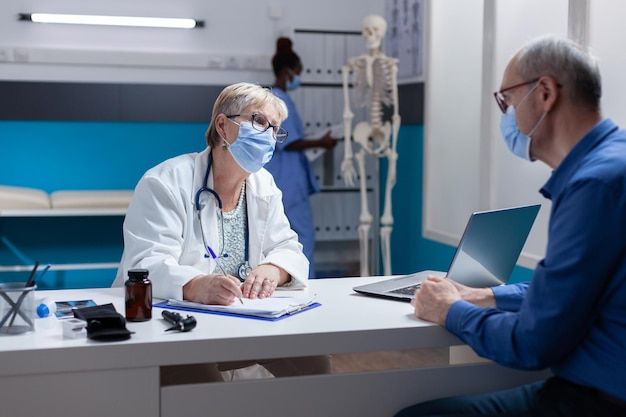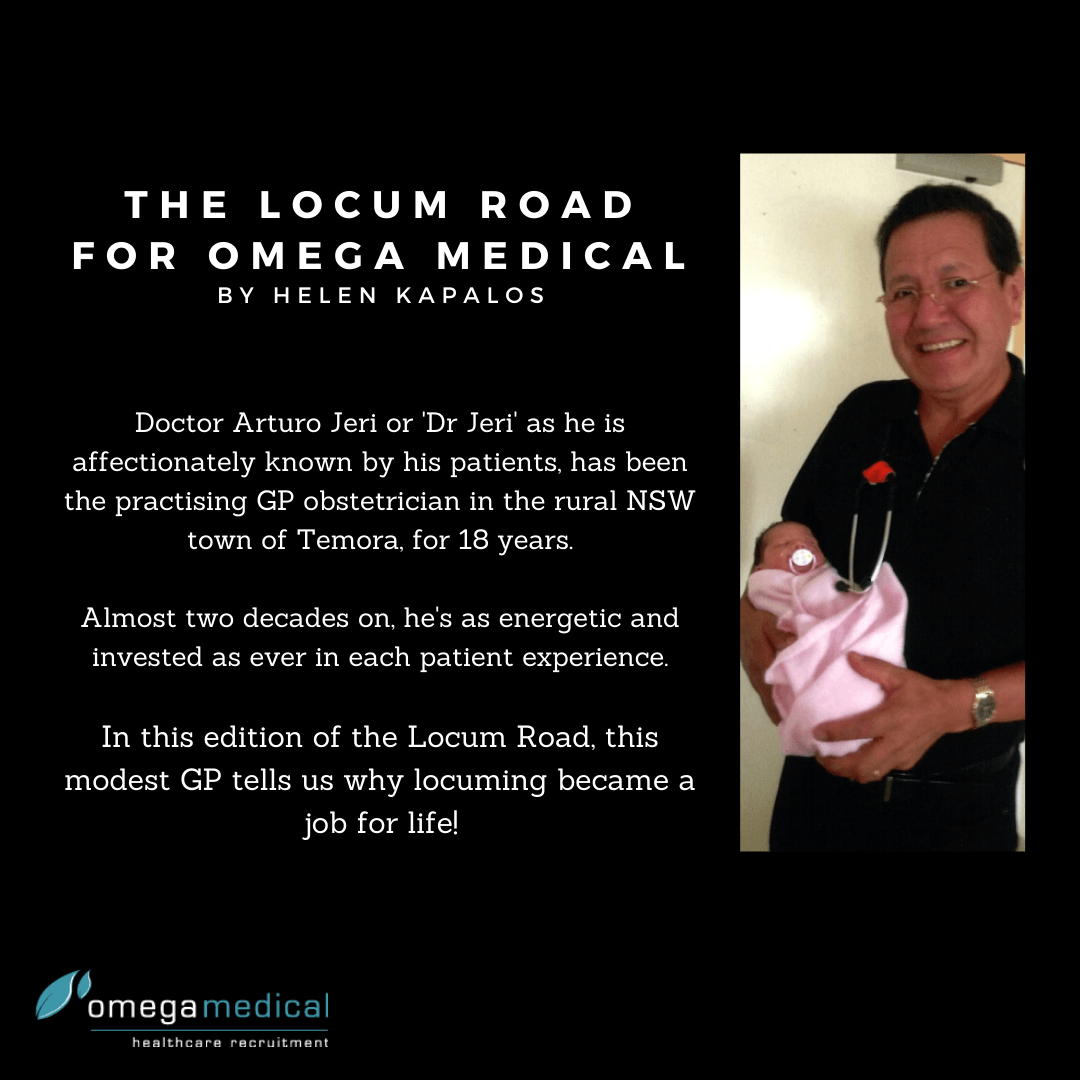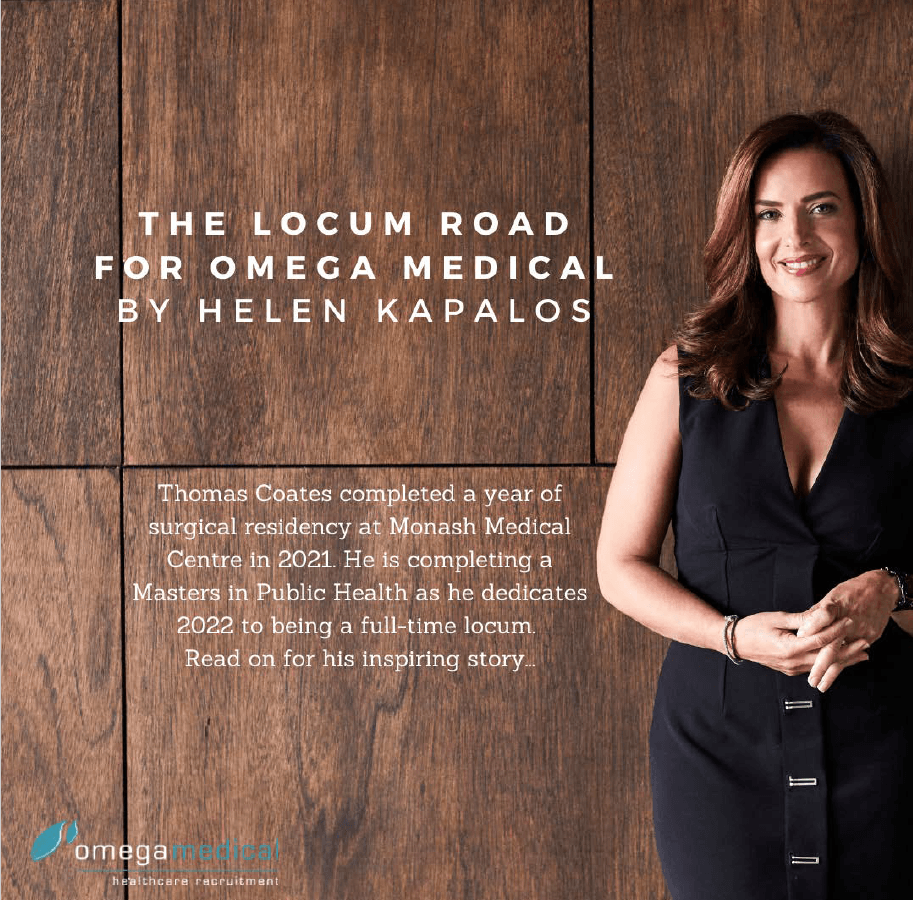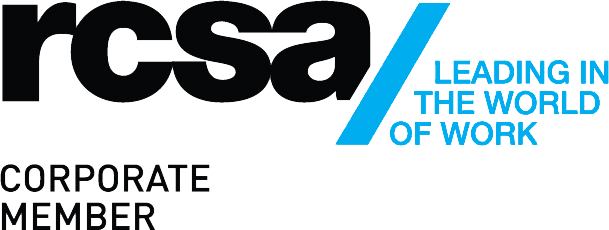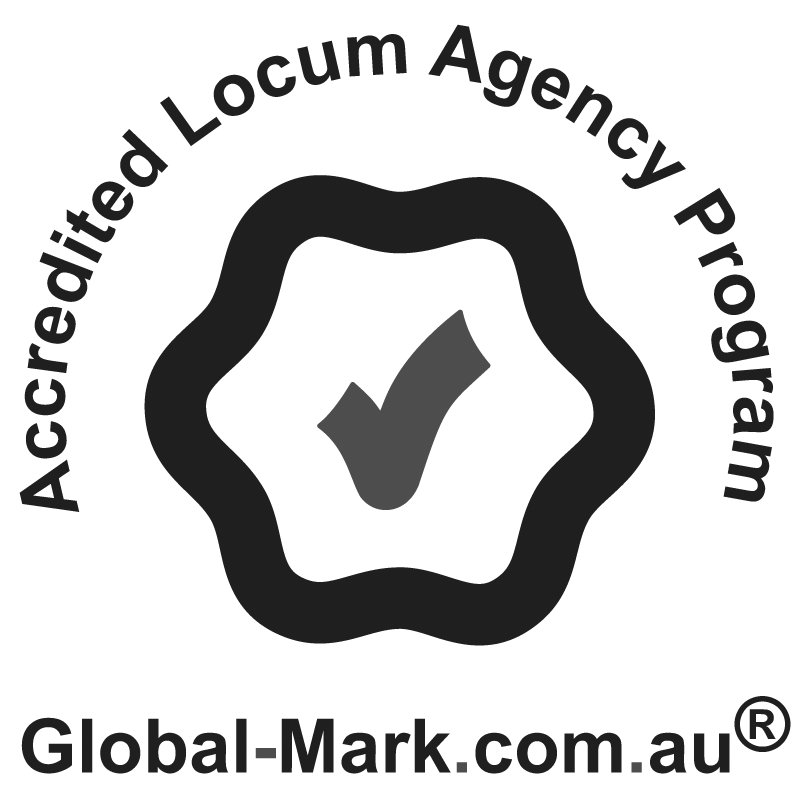Browse through this blog post to find out the important lessons medical practitioners in Australia must learn about Indigenous health.
Working with Aboriginal and Torres Strait Islander communities provides exciting opportunities to immerse yourself in what a recent genomic study confirmed as the oldest civilisation on the planet. It also presents unique social and health challenges that will expand your skills and experience.
Perhaps surprisingly, you won’t necessarily have to live in the outback. Australia’s 670,000 Indigenous people are spread across cities, coastal settlements and country towns as well as desert fringes.
Whether you want a bush experience or an urban assignment, remember that, while they make up just 2.5% of our total population, the Indigenous population accounts for a disproportionate percentage of most health problems. While non-Indigenous Australians are living longer, healthier lives, it’s a different story for Indigenous Australians.
Aboriginal people die at three times the rate of the rest of the population, with circulatory diseases and cancers (the most common cause of death) occurring more often and at a younger age. Overall, Indigenous Australians live 11.5 years less (men) and 10 years less (women) than other Australians.
The mortality rate for Aboriginal babies is higher and Aboriginal children are 30 times more likely to suffer from anaemia and malnutrition. They also have higher rates of scabies, ear problems and tooth decay and are less likely to be fully immunised.
Compared to the rest of Australia, Indigenous people are hospitalised twice as often. They’re three times more likely to be injured, twice as likely to commit suicide, and have higher rates of asthma, kidney disease, diabetes and other chronic conditions.
Illegal drug use, sexually transmitted infections, obesity, petrol/glue sniffing and smoking are far more prevalent than among the general population.
Statistics like these are why per capita Government spending on Aboriginal health is higher than for non-Aboriginal health. Even so, Indigenous people access health services at just 1.1 times the rate of non-Indigenous Australians, even though their need for health services is three times higher. They also receive fewer procedures and prescriptions than other Australians with the same health conditions.
These discrepancies are down to cultural and logistical barriers. Some communities associate hospitals with death, and it’s often taboo for a woman patient to see a male doctor. Indigenous people can feel dissociated in a facility where no one speaks their language and there are no Aboriginal doctors — just 200 of Australia’s 78,000 working doctors identify as Aboriginal. a belief in the power of bush medicine can also keep Indigenous people away from mainstream medicine.
To try to improve health services uptake among Indigenous people, many national and state policies address common issues.
If you work in a facility serving a large Indigenous population, you’re now more likely to find Aboriginal health workers, liaison officers, art and communication aids. There may be an Aboriginal garden, a travelling dialysis unit for remote communities or an Aboriginal-run residential patient care facility.
The Government also funds 150 Aboriginal Community Controlled Health Services across Australia that offer a range of free services.
Despite this, access to primary health care services remains an issue, particularly for the 18% of Aboriginal people who live in outback Indigenous communities.
Just 10% of these communities have a hospital and only half their community health facilities provide medical coverage. People often rely on travelling GPs, specialists and dentists, with one in four having access to a doctor just once a week or fortnight. Seeking medical help at other times can involve driving a hundred kilometres or more along isolated tracks, sometimes in extreme weather.
With Indigenous Australians having, on average, lower incomes, less education and higher unemployment levels than other Australians, lack of knowledge about available services and cost concerns are further barriers. To help, a free Medicare help line for Aboriginal and Torres Strait Islanders provides information about targeted programs such as the Medicare Safety Net, free health checks and the Pharmaceutical Benefits Scheme. Medicare also employs staff to liaise with Indigenous communities and health services, and facilitates registration when there’s no formal identification (a common problem in remote communities).
Clearly, Indigenous health care can be challenging. However, medical professionals who are lucky enough to spend time with Indigenous communities often say it is a life-changing experience that gives them a new perspective on their work. If you’re interested, talk to us.


